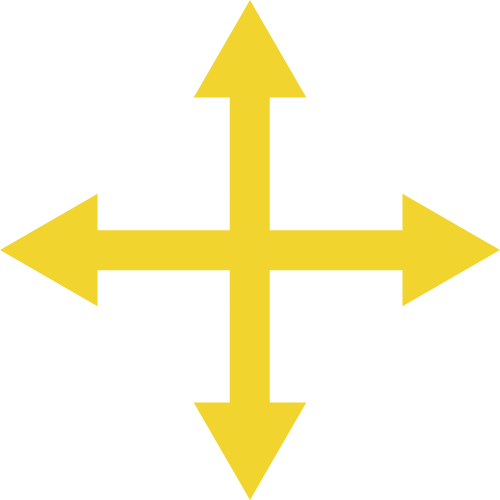L’continuous improvementLean Management is a state of mind that aims to always do better. One of the fundamental principles is not to be satisfied with what we have. This method is also called Kaizen, because it comes from a system applied in Toyota factories. Kai means “change” and Zen refers to “better”. To be able to evolve continuously, a company’s teams must therefore adopt this mindset to achieve the concept of “working better together”. It is a gradual procedure with several steps that requires pragmatic, simple and inexpensive actions. Continuous improvement must raise the performance of the teams and the company, thus enabling the desired level of quality to be achieved. To do so, it consists of creating the perfect conditions for all the actors involved to evolve together.
Why adopt a continuous improvement approach?
For a company to remain competitive and efficient, it must eliminate waste (waiting time, overproduction, defects, irregularity or lack of uniformity in procedures, stress, overwork, etc.). The company must also initiate new transformations. This means that in its reflections and decisions, it must question itself and accept the necessary compromises. In order for lean management to work, it must therefore carry out audit reports, take into account the ideas put forward by employees, reduce production costs, etc. This process eventually involves all departments in the company, from production to administration. In other words, it is about improving the overall functioning of the entire company. Continuous improvement reduces non-productive activities and minimizes waste. Finally, to implement continuous improvement, senior management must be strongly involved. Similarly, all employees will also have to be involved. Because the slightest resistance to change can undermine the continuous improvement process. Finally, a seamlessly managed continuous improvement process offers :- working conditions that are more suitable for employees;
- more lasting customer loyalty;
- more optimal collaboration with partners.


The different methods of applying continuous improvement
In applying continuous improvement, companies must focus on value-generating activities and prioritize actions that enable them to become more efficient. Although there are different approaches to implementing continuous improvement, six Sigma or 5S, the key is to choose the right solution. It’s about applying the right tool to solve problems.- Balanced Scorecard is a balanced scorecard for performance analysis. For pure analysis, you will need to use Mind-mapping and PERT (Programme, Evaluation and Review Technique).
- In terms of management tools, the Deming Wheel (Plan Do Check Act or PDCA) and Six Sigma consist in reducing the variations noted on the product and increasing performance.
- There are tools to search for failures, such as the 5P method or the 5W1H (What? Who? Where? When? How? Why?), as well as the Ishikawa diagram which consists in finding the causes and effects or the Pareto diagram.
- To help choose the right solution, tools such as the Compatibility Matrix, the 8D or 8 Do Conduct and the Decision Tree accompany the leaders.
- Finally, to optimize and secure procedures, tools such as self-diagnosis, the Lean approach, the Kaizen method, the 5S and the Kanban method help to improve the working environment.
To perpetuate the continuous improvement process
Once a strong change has occurred within the company through continuous improvement, it is necessary to sustain this method. The principle of the cycle must therefore be implemented PDCA Deming wheel (Plan – Do – Check – Act). This wheel allows the company not to rest on its laurels. The objective is to bring teams or operators to improve with appropriate and evolving processes. This wheel is represented by a cycle of 4 steps that must be repeated continuously.- Plan: setting clear and achievable goals allows you to develop understandable and feasible action plans.
- Achieve: employees must work together in a spirit of shared responsibility and be involved at the same level to achieve the desired productivity.
- Verify: Continuously evaluating the results obtained gives the opportunity to know the impact of the actions applied.
- Improve: it is necessary to challenge the existing system or update procedures to keep operators performing well. Communication and challenge remain two fundamental points in this continuous improvement process.

